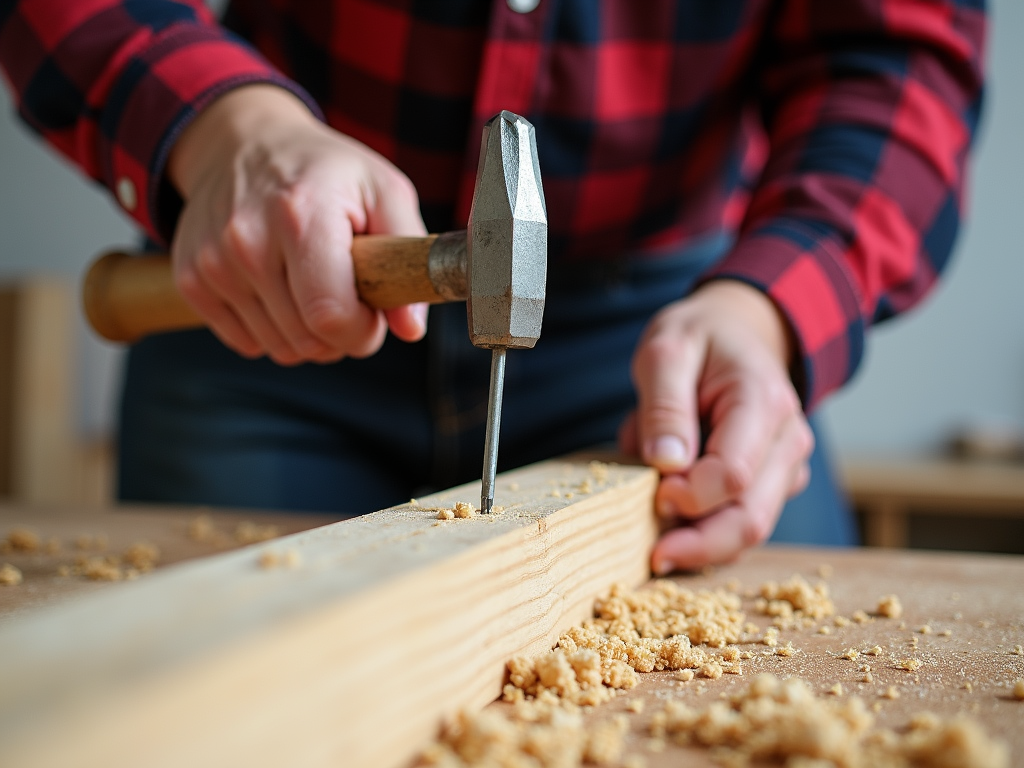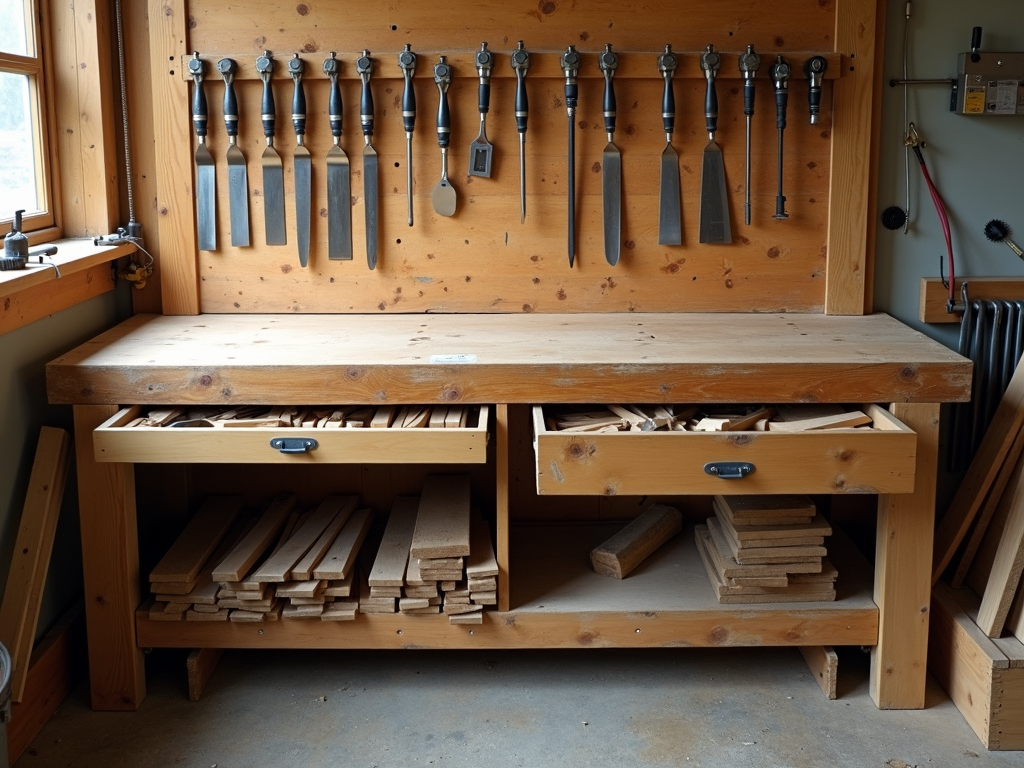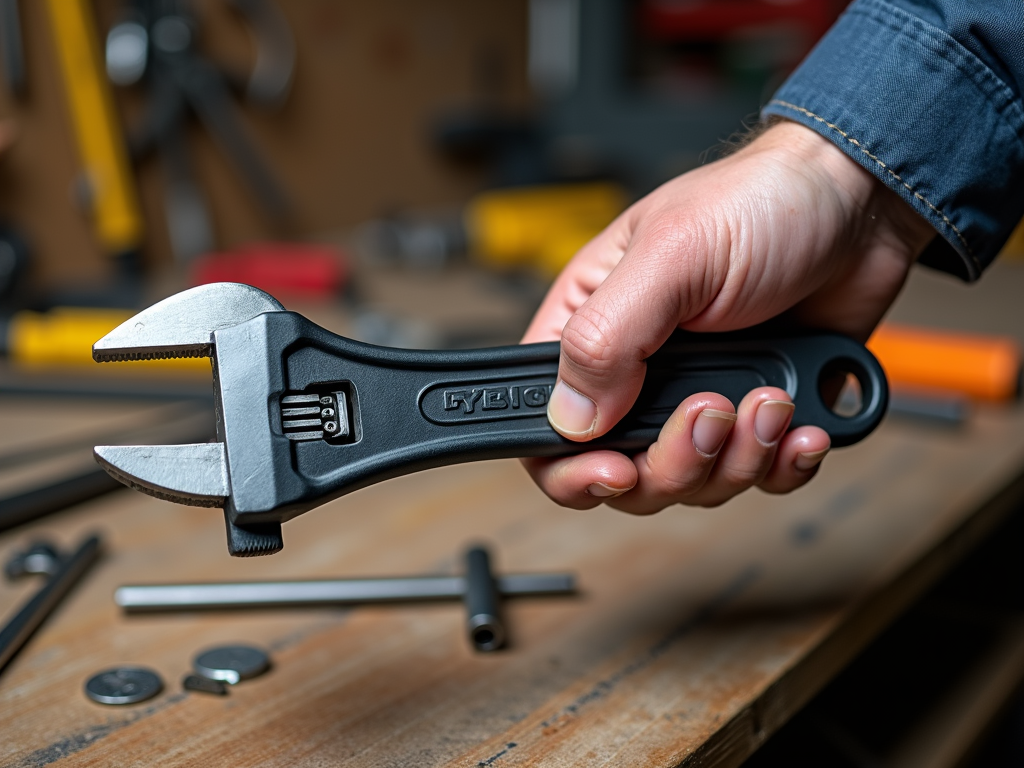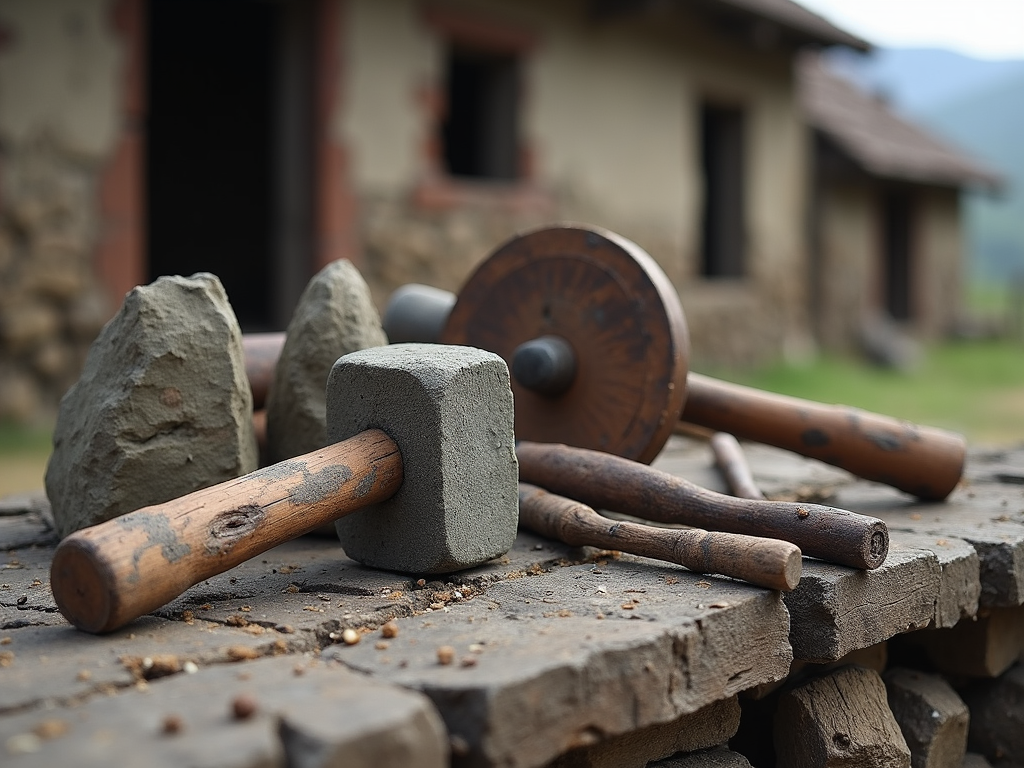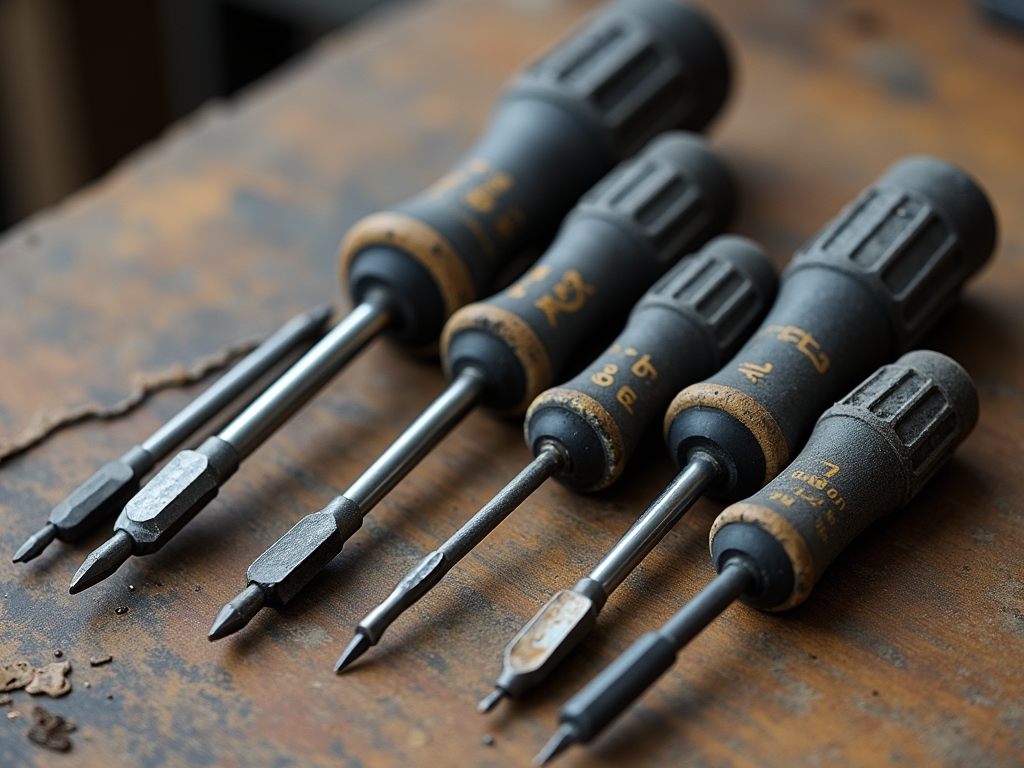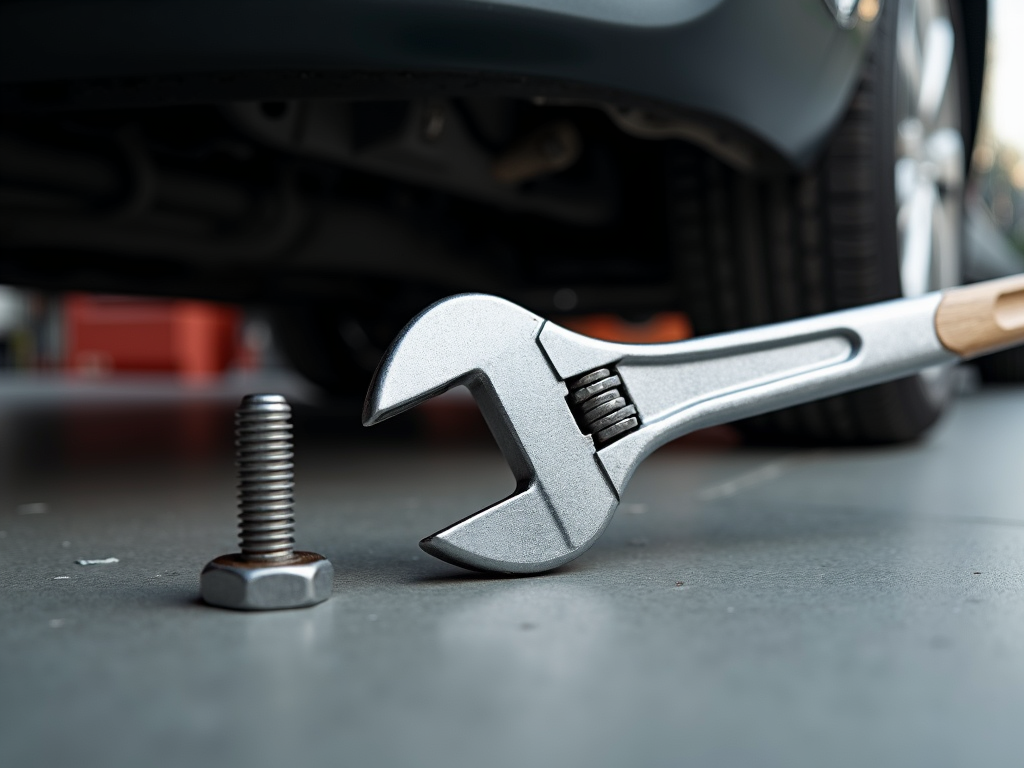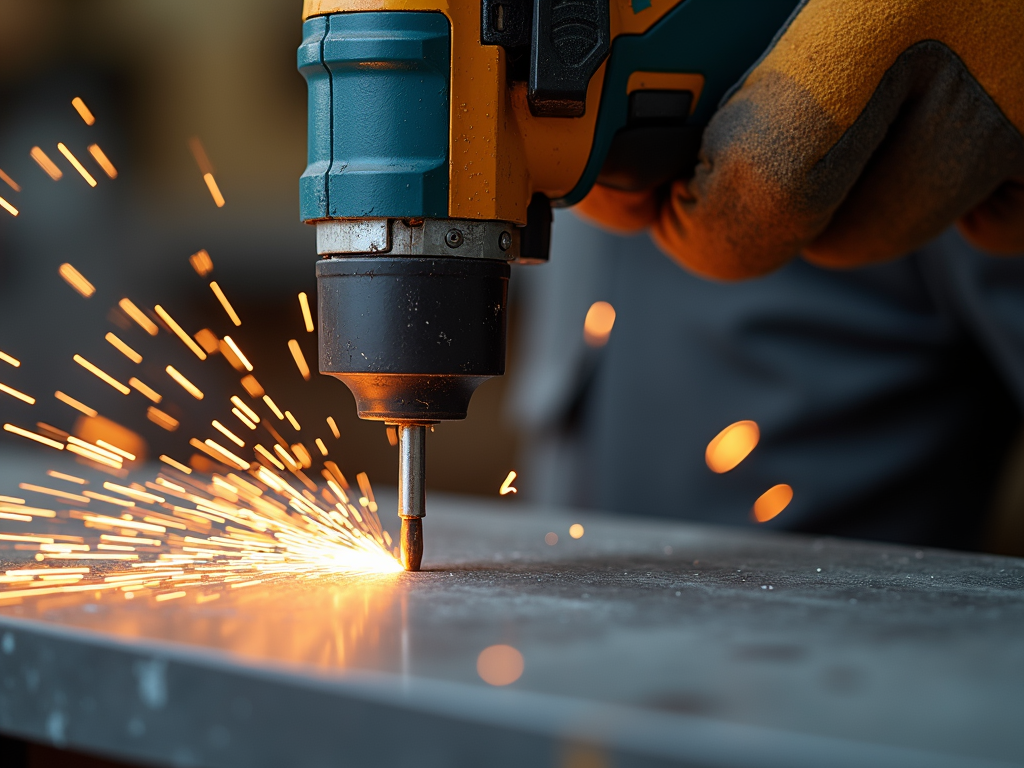Woodworking has evolved dramatically over the years. What started with simple hand tools like chisels and hammers has grown into a craft powered by technology. Today, The Rise of Smart Tools in Woodworking is changing how we create, making it safer and easier for everyone. This shift is exciting and worth exploring.
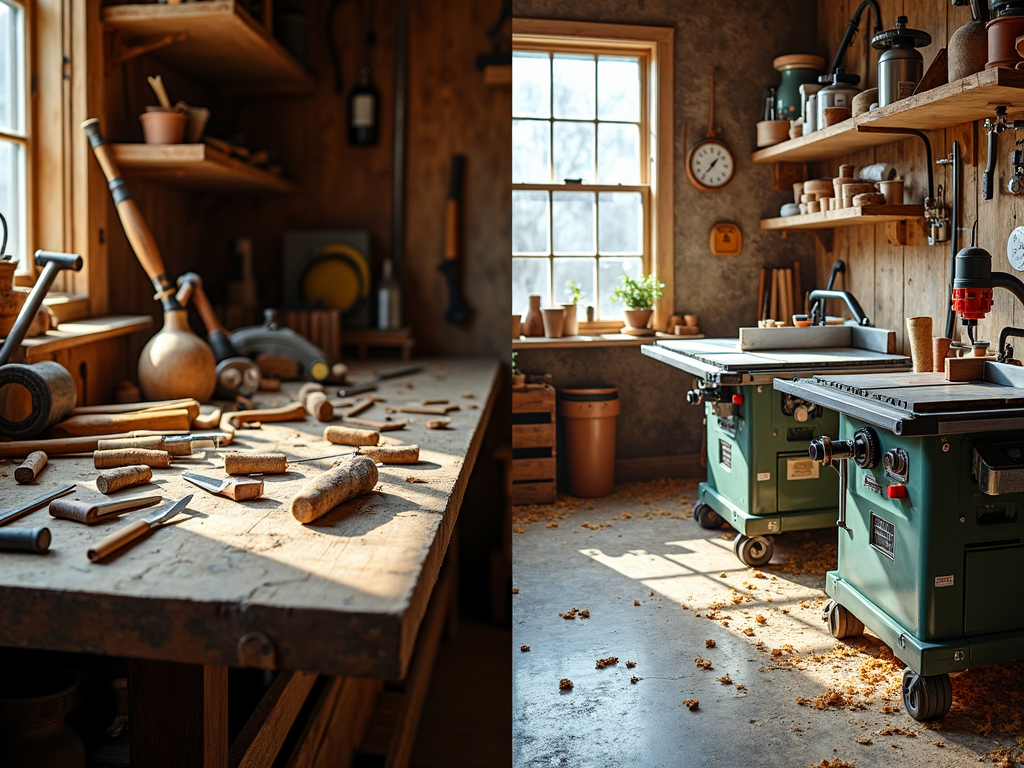
I started woodworking years ago with basic tools. I still remember the weight of a solid hammer in my hand and the effort it took to shape a piece of oak. It was rewarding, but tough. Mistakes were common, and safety was always on my mind. A slip with a sharp tool could mean a trip to the emergency room.
Then I discovered smart tools. These aren’t just power tools with more muscle—they’re intelligent. Take tablesaws with advanced safety mechanisms, for example. They have sensors that stop the blade in milliseconds if it senses skin. That kind of technology gave me peace of mind and made me wonder why I hadn’t switched sooner.
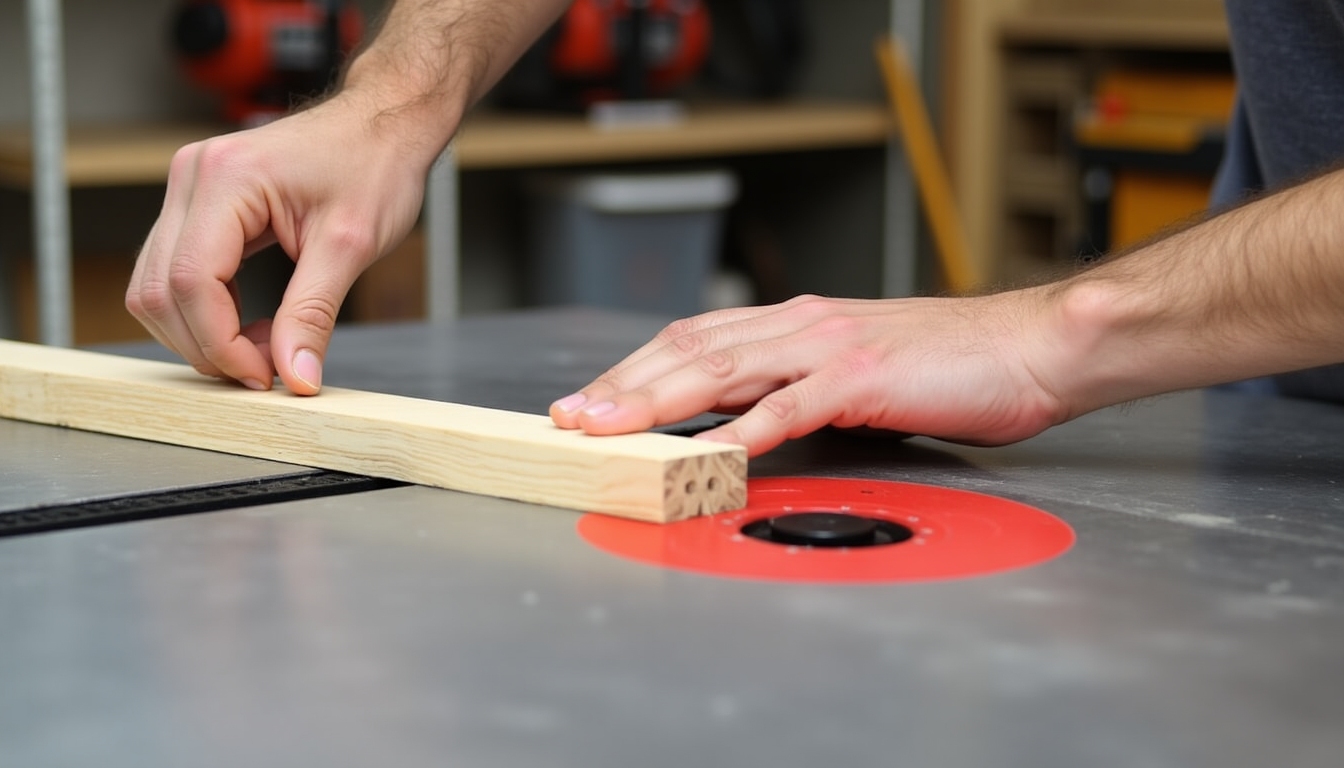
Safety isn’t the only perk. Smart tools bring precision to the table. I’ve used a digital router that lets me input designs through a screen. It carves patterns I couldn’t dream of doing by hand. The results are clean and consistent, even if I’m tired after a long day.
This shift matters because it opens woodworking to more people. Beginners don’t need years of practice to get good results. A table saw with laser guides can help you cut straight lines right away. It’s less intimidating, and that’s a big deal for anyone starting out.

Let’s talk about The Future of Woodworking Tools: Safety and Innovation. Companies are pushing boundaries. Some power tools now adjust settings based on the wood type. Others connect to apps, letting you track your progress or troubleshoot issues. It’s like having a coach right there with you.
I recently tried a smart sander that adjusts its speed automatically. It smoothed a walnut board so perfectly I barely had to check it. Compare that to the hours I used to spend sanding by hand, and it’s clear why these tools are game-changers.
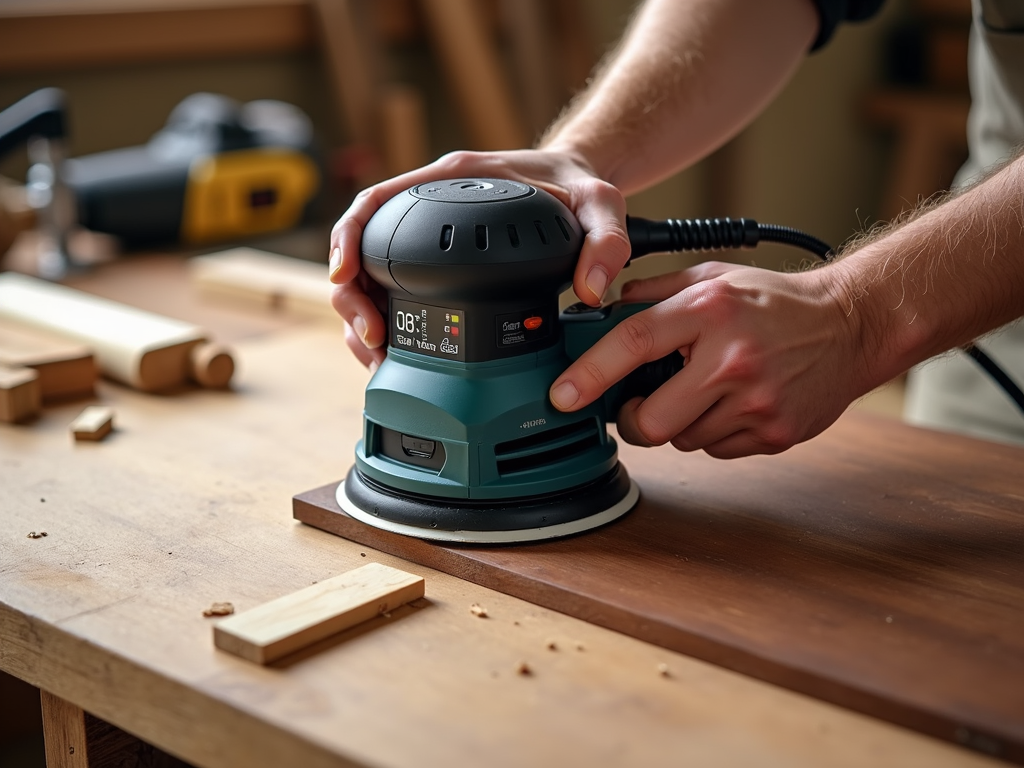
Here’s a quick look at how smart tools stack up against traditional ones:
| Feature | Traditional Tools | Smart Tools |
|---|---|---|
| Safety | Manual caution needed | Sensors and auto-stop |
| Precision | Skill-dependent | Laser guides, digital input |
| Ease of Use | Steep learning curve | Beginner-friendly |
| Cost | Generally cheaper | Higher initial investment |
This table shows why smart tools are worth considering.
But it’s not all perfect. Smart tools can cost a lot. A high-end table saw with safety features might set you back hundreds of dollars. For hobbyists on a budget, that’s a hurdle. Still, there are entry-level options that offer solid benefits without breaking the bank.
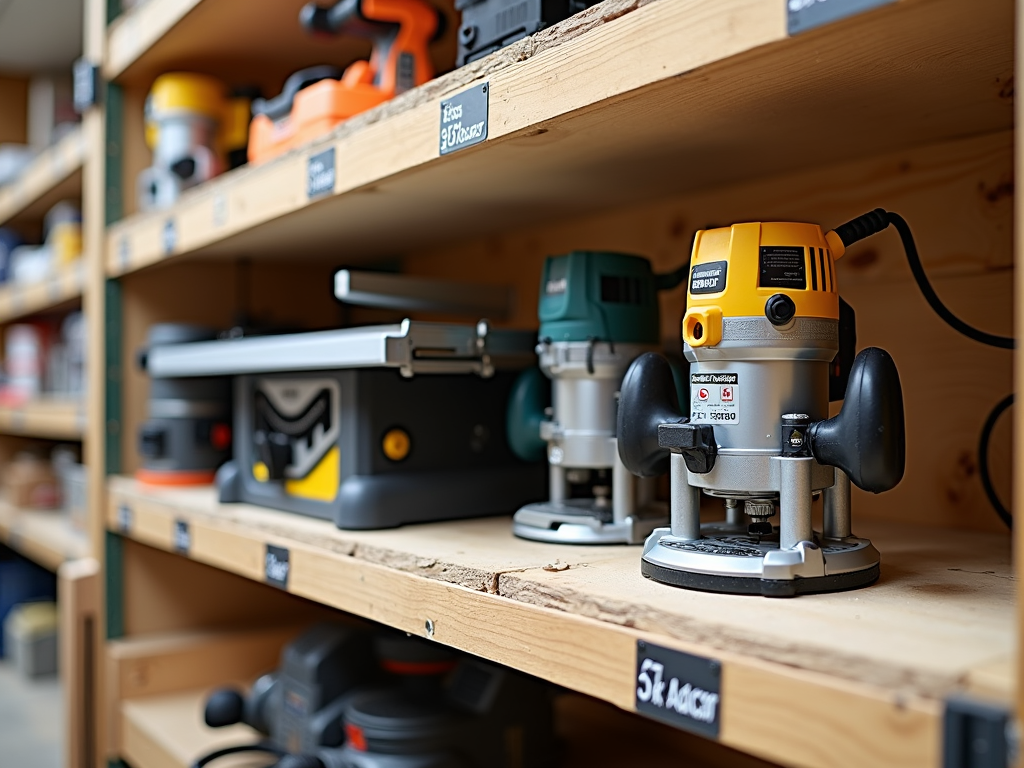
Learning to use these tools takes time too. They’re easier than traditional methods, but you still need to understand the tech. I found online videos—like those on YouTube—super helpful. A quick search for ‘smart tool tutorials’ gave me step-by-step guides that made the transition smooth.
One tip: start small. You don’t need a full set of power tools right away. I began with a smart drill that had a digital torque setting. It was affordable and taught me how useful these features could be. From there, I built up my collection as I got more comfortable.

Smart tools also inspire creativity. With a laser-guided cutter, I made a decorative box with perfect joints—something I’d have struggled with before. It’s not just about safety or speed; it’s about unlocking new possibilities. That’s what keeps me excited about woodworking.
The industry is noticing too. According to a report from Woodworking Network, sales of smart tools are climbing as more people join the craft. This trend shows no sign of slowing down, and I’m all for it.

Looking ahead, I see The Future of Woodworking Tools: Safety and Innovation getting even brighter. Imagine a workshop where every tool talks to each other, adjusting settings on the fly. Or tools that learn your habits and suggest improvements. It’s not science fiction—it’s coming.
For now, the rise of smart tools in woodworking is already making a difference. They’ve turned a craft I love into something safer, easier, and more fun. Whether you’re a pro or just curious, these tools are worth a look. They might just inspire your next project.

In summary, The Rise of Smart Tools in Woodworking is reshaping the craft. They bring safety, precision, and accessibility to the workbench. From tablesaws with advanced safety mechanisms to creative power tools, they’re here to stay. If you’re thinking about woodworking, now’s a great time to start.
Related The Rise of Smart Tools in Woodworking:
- The Ultimate Guide to Power Tools for Precision Drilling
- Best Power Drills for Home Use
- Essential Tools for Beginners: A Comprehensive Guide
- Maximizing Small Workshop Spaces: A Workman's Guide to Efficiency
- Ergonomic Wrenches for Reducing Hand Strain: A Comprehensive Guide
- The Evolution of Workman Tools: From Past to Present
- Understanding Torque Specifications: A Comprehensive Guide
- Top 10 Essential Tools for Every DIY Enthusiast
- Essential Wrenches for Automotive Repair: A Mechanic’s Guide
- Choosing the Right Drill Bits for Electrical Installations: A Comprehensive Guide
- The Beginner's Guide to Essential Workman Tools
- Staying Safe with Hand Tools

